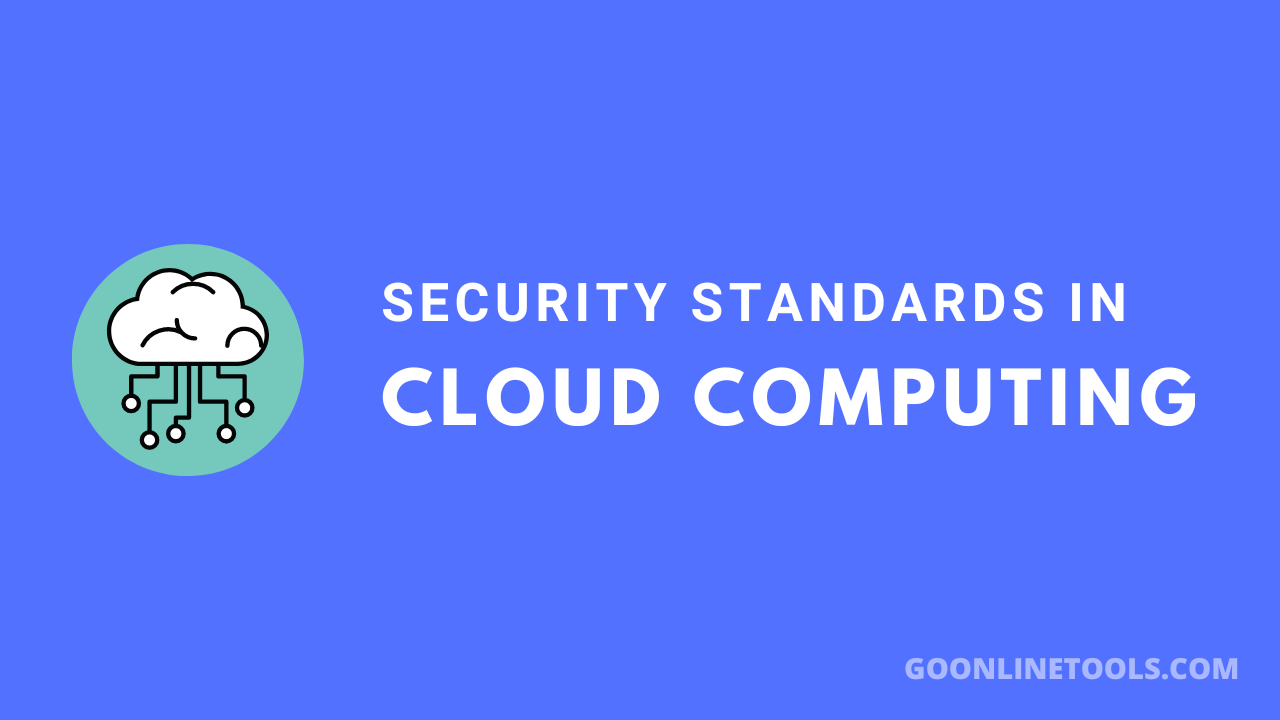
Featured image for "Data Warehouse Migration: Strategies for Moving to a Modern Data Platform"
Today’s data-driven landscape poses an urgent need to modernize data infrastructure, particularly large enterprises. Migrating to modern platforms not only benefits them. It is essential for their competitive edge. This post will look at effective strategies for data warehouse migration specifically tailored for heavy-duty enterprises. It will examine both challenges and opportunities involved so enterprise solution architects and data analysts can make it happen smoothly.
Migration of a data warehouse can be daunting, yet understanding its nuances is critical for its success. In this post, you’ll gain insight into data modeling techniques, legacy system challenges, best migration practices, and cloud technology usage. This gives you an all-round knowledge of how best to approach your migration strategy effectively.
Understanding Data Warehouse Migration
Data warehouse migration refers to the practice of migrating data between storage systems, typically from an older data warehouse, into more modern cloud or hybrid structures with updated handling, analytics, and reporting functionalities. It typically involves changes to handling, analytics, and reporting functions during this process.
Migrations are driven primarily by an increasing need for real-time data analysis, with traditional warehouses often failing to deliver timely insights, leading to missed business opportunities. According to one recent survey, a majority of enterprises reported their legacy systems as barriers to digital transformation. This underscores the necessity of migrating to an agile data platform.
Implications for Businesses and Managers
Before moving onto a modern data platform, revisiting existing data models is vital. Legacy systems often contain archaic data structures which cannot be integrated with modern architectures. By reviewing and optimizing existing models, inefficiencies can be addressed while improving overall data integrity.
Adopting a dimensional data model can significantly boost performance when querying large datasets. This approach organizes information into facts and dimensions, providing faster access to pertinent details. Furthermore, this framework offers opportunities for more advanced analytics techniques like predictive modeling that can drive significant business value.
Challenges Associated with Legacy Systems
One of the primary obstacles organizations encounter during data warehouse migration is legacy systems’ restrictions and rigidity. Such legacy systems often impede modern data operations.
Legacy systems often suffer from poor data quality, which can adversely impact any new platform. Migrating inaccurate or incomplete data can lead to unreliable analytics and misguided business decisions. This makes data cleansing an essential step prior to migration.
Complex data sources present additional challenges for large enterprises. With each database and app having their own formats and standards for data management, merging disparate sources into an effective model requires careful planning and execution.
Planning Best Practices for Migration
Effective planning is critical for successfully migrating data warehouses. Without proper preparation, organizations could face serious obstacles including data loss and increased downtime. Start by performing a thorough audit of your current data landscape, noting all sources, applications, and flows within your organization that need migrating. This will give a clear understanding of which items need migrating as well as help create a prioritized migration plan.
Additionally, it’s beneficial to employ a phased migration strategy. Instead of trying to migrate everything all at once, try taking one data domain at a time. This approach minimizes risk while providing opportunities for adjusting based on lessons learned during prior phases.
Unleash Cloud Technology
Cloud technology has transformed data warehouse migration for heavy-duty enterprises, offering numerous advantages such as scalability, cost reduction, and enhanced collaboration.
Cloud technology’s key advantage lies in its flexibility of scaling resources up or down based on demand, making it ideal for enterprises with fluctuating data workloads, such as e-commerce companies that may experience sudden surges of traffic during holiday seasons and require extra processing power to keep up with these spikes in data traffic.
Cloud platforms also boast advanced security features to protect data during and post migration. As businesses manage more sensitive information, robust security measures must be a top priority. Cloud services offer encryption, continuous monitoring, and compliance with regulations to help keep sensitive information safe from prying eyes.
Cloud-based platforms also foster seamless collaboration across teams. Stakeholders can access shared resources and real-time analytics for data-driven decision-making. This collaborative environment may inspire innovative solutions to drive business growth.
Once migration has begun, testing and validation are of vital importance for business continuity. Ensuring that data has been accurately transferred is of vital importance in maintaining continuity for the enterprise.
Starting with a pilot migration of a small data set will allow organizations to identify issues early and adjust their approach before undertaking full migration. Ensure that all relationships and structures align with your defined data model when testing.
Conduct User Acceptance Testing (UAT) with key stakeholders and end-users, to ensure the data migrated meets expectations for various departments while users have seamless access to the information they require.
After migration, validation is just as critical. Once complete, double-check that all data remains intact, and analytics tools are working as they should. Any discrepancies must be addressed immediately to avoid potential issues down the road.
Post-Migration Optimization Solutions
After data migration has taken place, ongoing optimization efforts must continue to maximize its value as part of a new data platform. Evaluate performance metrics to ensure the new system operates efficiently. Monitor query performance, data loading times, and user access speeds closely to identify areas for optimization. Indexing strategies, partitioning data, or refining models depending on usage patterns could all help optimize it further. Engage users regularly in order to gain feedback on the new system’s performance and functionality. Involving user input encourages a continuous improvement culture while potentially uncovering opportunities to enhance the data experience.
Vendor Partnerships Are Essential
Success in data warehouse migration often hinges on developing strong partnerships with technology vendors. Collaborating with experienced vendors can streamline migration while opening access to valuable resources.
Select vendors with experience handling data migration for large enterprises. Assess their expertise in cloud technology, security, and compliance to make sure it matches with your organization’s needs. Vendors also provide training and support during and after migration processes, equipping your teams with all of the skills necessary for maximum benefits from their new platform.
Establish clear communication lines with vendors during the migration process. Regular updates and open dialogue promote collaboration, enabling your organization to rapidly address any obstacles that arise.
The Editorial Team at GoOnlineTools.com specializes in delivering cutting-edge information on technology.
View all articles




